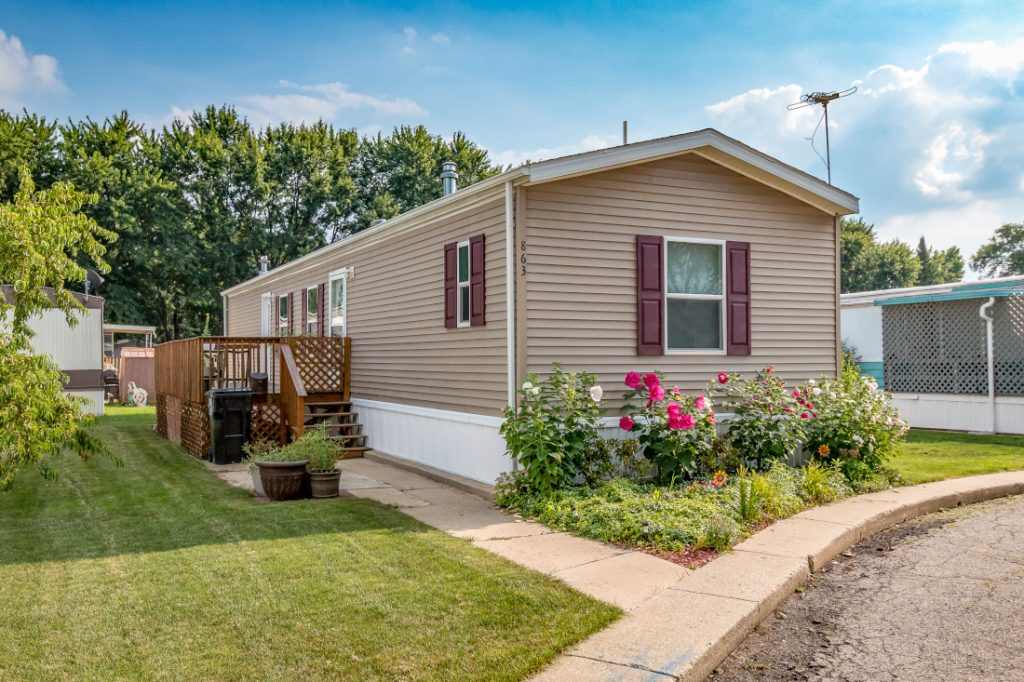Are you a mobile homeowner looking to enhance energy efficiency and protect your investment? One key area to focus on is properly insulating the skirting of your mobile home. Insulated skirting not only helps maintain a comfortable interior temperature but also safeguards against various environmental factors. In this guide, we’ll walk you through the steps to properly insulate skirting on your mobile home.
**Why Insulate Skirting?**
1. **Energy Efficiency**: Insulating skirting minimizes heat loss in winter and heat gain in summer, reducing your energy bills.
2. **Moisture Control**: It acts as a barrier, preventing moisture and condensation from accumulating beneath your home, which can lead to mold and rot.
3. **Pest Deterrence**: Well-insulated skirting can help deter pests like rodents and insects from taking up residence under your home.
4. **Freeze Prevention**: Insulated skirting helps keep the actual home warmer in the colder months. This can prevent water pipes from freezing or bursting. You can also prevent pipes from freezing by applying heat tape. This tape wraps around your water pipes and plugs into your electrical supply. You then put insulation around the heat tape. Heat tape is set up to automatically turn on when the temperature hits 40 degrees. The heat comes on, warms up your pipe, and it stops that line from freezing.
**Materials You’ll Need:**
– **Insulation Material**: Choose an insulation type suitable for your climate, such as rigid foam boards, fiberglass batts, or spray foam.
– **Vapor Barrier**: A vapor barrier will help keep moisture out. Consider using a heavy-duty plastic sheet.
– **Tools**: You’ll need a measuring tape, utility knife, caulk gun, adhesive, nails, and a saw (if cutting insulation boards).
**Steps to Properly Insulate Skirting:**
1. **Measure and Prepare**: Measure the height and length of each section of skirting. Ensure your insulation material fits these measurements.
2. **Clean the Area**: Remove any debris or obstacles from around the skirting area, and inspect for damage or pest activity.
3. **Install a Vapor Barrier**: Attach a vapor barrier to the underside of the home, ensuring it covers the entire area. Overlap seams and seal with adhesive or tape to create an airtight seal.
4. **Cut and Install Insulation**: Measure and cut your chosen insulation material to fit each section of skirting. Install it snugly between the support posts or studs. Use adhesive to secure it in place.
5. **Seal Gaps and Joints**: Seal any gaps or joints in the insulation with expanding foam or caulk to prevent air infiltration.
6. **Secure the Bottom Edge**: Attach a skirt board or additional insulation to seal the bottom edge of the skirting. This prevents drafts and pests from getting in.
7. **Ventilation**: Ensure proper ventilation by installing vent openings in strategic locations. Ventilation helps control moisture and prevents mold growth.
8. **Maintenance**: Regularly inspect and maintain your skirting. Check for any damage, wear, or signs of moisture buildup. Replace damaged insulation promptly.
**Tips for Success:**
– **Choose the Right Insulation**: The type and thickness of insulation should be suitable for your climate and the space available under your mobile home.
– **Seal All Gaps**: Pay close attention to sealing gaps around pipes, vents, and utility access points. These are common areas for air leakage.
– **Consider Skirting Materials**: If your current skirting material is damaged, consider upgrading to insulated skirting panels designed for mobile homes.
Properly insulating skirting on your mobile home is a worthwhile investment in both comfort and energy savings. By following these steps and conducting regular maintenance, you can enjoy a more energy-efficient and comfortable living space year-round.


